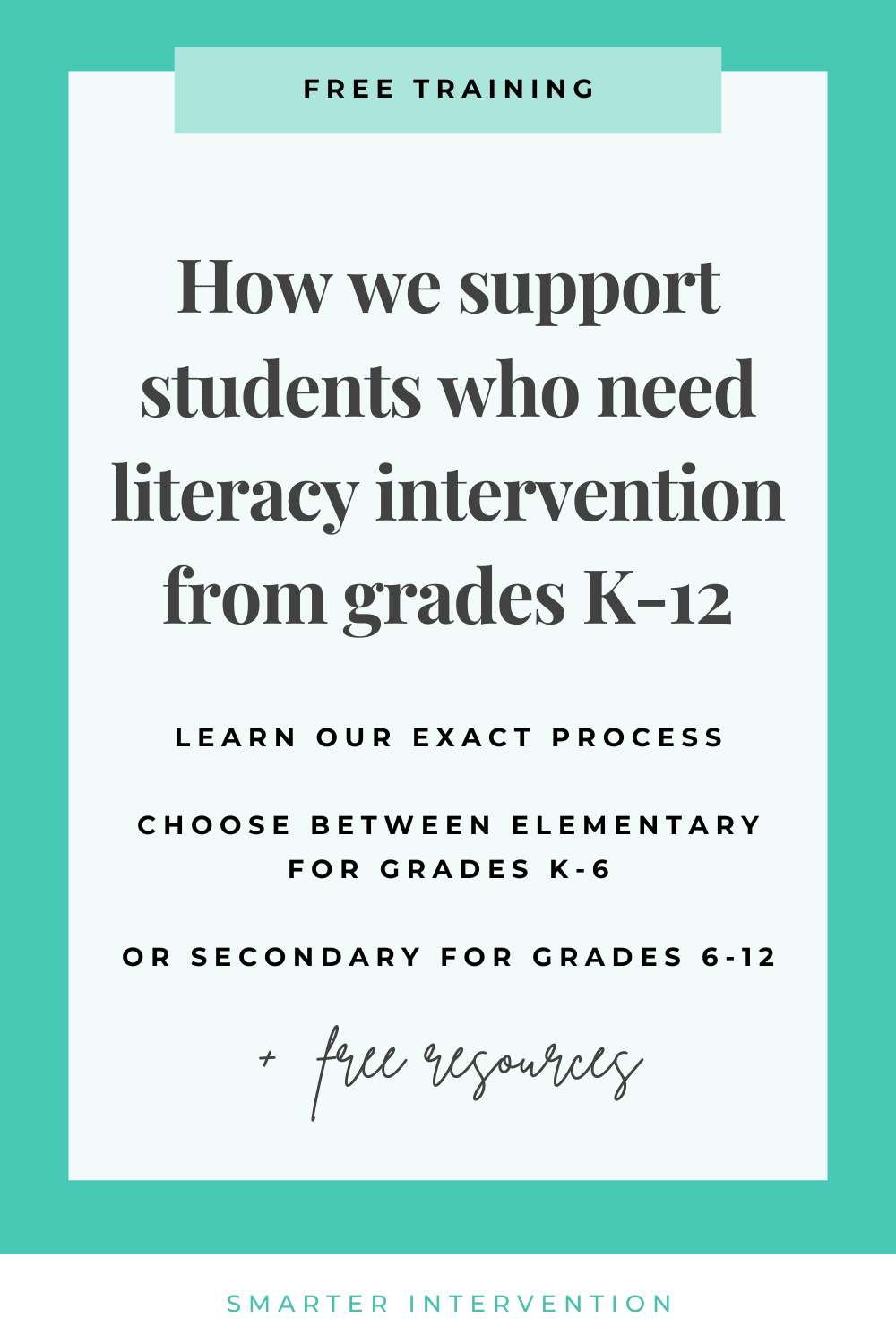Learning to Read is Like Playing Jenga
When we think about reading intervention, we often compare it to a game of Jenga.
In Jenga, players carefully remove blocks from the tower and place them on top. As the tower grows taller, it becomes less stable. Eventually, if too many blocks are missing from the base, the whole tower collapses.
Learning to read works the same way.
Building the Tower of Reading Skills
Each block in the Jenga tower represents a skill a student needs in order to become a proficient reader.
The bottom layers (the foundation) include skills like the alphabetic principle and early phonological awareness (rhyming, isolating sounds, counting syllables, etc.). These early skills are absolutely critical. If there are holes in the base, the tower can only be built so high before it topples.
That’s why strong foundational instruction matters so much. Even if higher-level skills are introduced, students will struggle if the blocks at the bottom aren’t firmly in place.
Reading Skills Can’t Be Built in Isolation
Traditional Jenga blocks all look the same. But if we really wanted to visualize reading development, we’d use colored blocks to represent the three processors in the brain that must work together for reading:
Orthography (turquoise blocks): Recognizing that letters and letter combinations are symbols that represent sounds.
Phonology (orange blocks): Blending those sounds in the right sequence and holding them in memory to read words.
Semantics (navy blocks): Making meaning, attaching the correct definition to words, and connecting them in context.
A proficient reader’s tower is a balanced mix of all three colors, woven together across the structure. But if a student’s tower shows gaps in one color, or too much of one without the others, their reading will be shaky.
In other words,
If there is a breakdown in one or more of these processors, it will result in the breakdown of the reading process.
The research into cognitive neuroscience has made it clear that a neural connection must happen between processors responsible for orthography (visual print structure), phonology (sound structure), and semantics (meaning structure) in less than half a second.
When we have students who have towers with holes, it makes that neural process less effective and efficient.
What can we do?
As educators and interventionists, our job is to help students build their towers block by block, ensuring all three processors are supported. That means:
Providing instruction that integrates all three processors. Instruction must include orthography, phonology, and semantics, not just one (starting at the very earliest instruction!).
Teaching skills in connection, not isolation. For example, don’t just teach the sound of the letter A (phonology), tie it to orthography (practicing the recognition of and creation of the visual image “A” or “a”), and tie it to meaning - this is a letter, its name is A, it’s a vowel that we use in words like apple. This reinforces orthography, phonology, and semantics together.
Even simple exercises like this help students add balanced layers to their Jenga tower of reading skills.
Want to see what this looks like in action?
Join us for one of our FREE on-demand PD trainings to learn more about the 5-step framework we use to fit everything into our structured and systematic intervention lessons.
If you work in the elementary setting - Check out our training, Delivering Effective Elementary Literacy Intervention: The 5-Step Framework for Grades K-6 to learn more and get free resources you can use to support your instruction!
If you work in the secondary setting - Check out Delivering Effective Secondary Literacy Intervention: The 5-Step Framework for Grades 6–12 to learn more and get free resources you can use to support your instruction this year!





